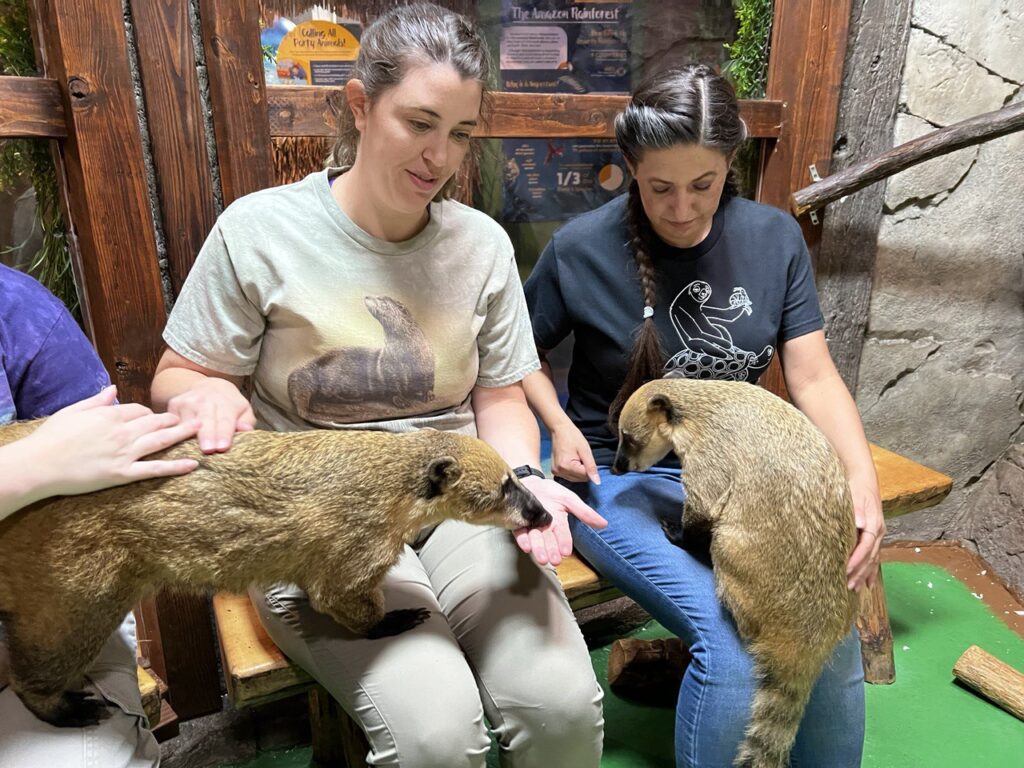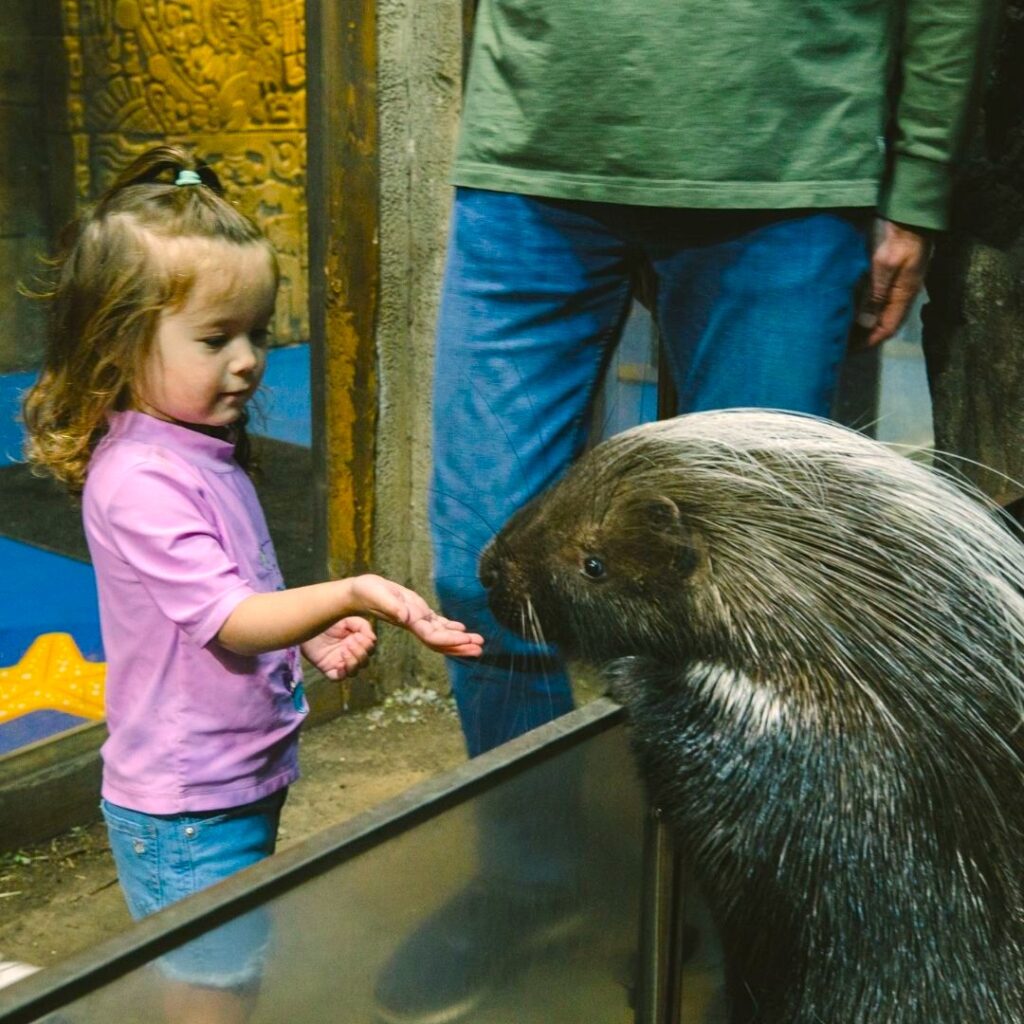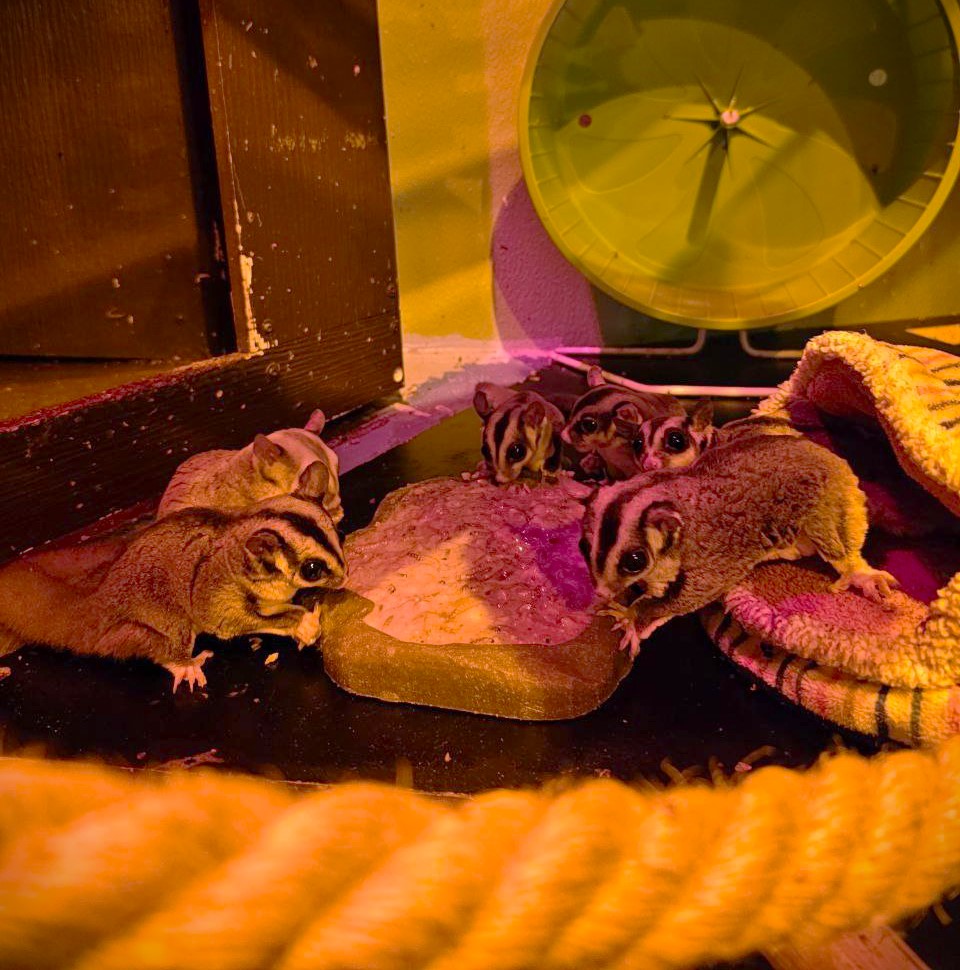Meet the Leopard Gecko!
Share it on:

What is a Leopard Gecko?
The leopard gecko is a nocturnal reptile native to the deserts of Asia. These geckos are famous for their ability to change color and are also one of the most popular pets in the world. Leopard geckos are relatively easy to look after, so they are popular pets.
They are known for their docile nature.Leopard geckos are available in different colors and patterns, but they all have a common thing: a gorgeous look. The leopard gecko can make a fun and low-maintenance pet.
The leopard gecko’s body features spots, which help to camouflage the lizard in its natural habitat and they can change the color of their skin to match their surroundings. When it is time to mate, the male and female leopard geckos will engage in a courtship dance. After laying eggs, the female will carefully bury them in the sand. The baby leopard geckos will hatch after about two months. Upon hatching, the toddlers get on their own and start fending for themselves.
How Big Do Leopard Geckos Grow?
The leopard gecko can grow up to 12 inches in length. That’s longer than your average ruler and nearly as long as a standard sheet of paper.
What Does A Leopard Gecko Eat?
Leopard geckos have a diet that consists of insects including crickets and other small invertebrates. They also prefer mealworms, waxworms, and superworms!
How Long Do Leopard Geckos Live?
Leopard geckos typically have a lifespan of 10-12 years in the wild. However, with proper care, captive leopard geckos can live 20 years or more.
Where Do Leopard Geckos Live?
The leopard gecko is a nocturnal creature native to the deserts of Afghanistan, Pakistan, India, and Iran. They are ground-dwelling lizards that prefer to live in arid habitats with plenty of rocks and hiding places. Leopard geckos are naturally shy and reclusive and well-camouflaged by their spots and stripes.
Did You Know? Leopard geckos have been known to shed their tail when they feel threatened or in danger! They sometimes will even play dead to trick predators.
Are Leopard Geckos Venomous?
No. While leopard geckos don’t have the traditional “venom delivery system” (i.e., fangs), they produce a toxin in their saliva that can irritate if it comes into contact with human skin. In addition, leopard geckos can deliver a powerful bite if threatened. While their bites are unlikely to cause serious damage, they can be painful. So, while leopard geckos may not be traditionally “venomous,” they can still pose a risk to humans if handled improperly. For this reason, handling your leopard gecko with your bare hands isn’t wise.
Do Leopard Geckos Make Good Pets?
These charming lizards are relatively low-maintenance and make for fascinating creatures to watch. Leopard geckos are a popular pet for many reasons – they’re small and generally docile. However, before bringing a leopard gecko into your home, you must consider a few things. First, leopard geckos are nocturnal animals, so they may be more active at night than during the day. This can be disruptive for light sleepers!
Secondly, leopard geckos are escape artists – they can squeeze through tiny spaces. You’ll need to provide them with a secure enclosure, or you will keep chasing them around your house!
Finally, leopard geckos are usually quite shy and may not enjoy too much human attention. If you’re looking for a cuddly pet, a leopard gecko may not be the right choice. However, if you’re willing to provide them with the care they need, these delightful creatures can make wonderful pets.
Is Leopard Gecko Endangered?
The leopard gecko is currently not listed as endangered on the IUCN Red list. It is one of the most common lizards kept as pets. While the leopard gecko isn’t at risk, several Conservation Organizations, such as SeaQuest, are working to protect this species and its habitat.
SeaQuest is committed to protecting our world’s oceans and endangered animals. We focus on how to be proactive in finding solutions. To learn more about how you can help SeaQuest with this cause, book your visit today at any of the following locations: Utah, Las Vegas, Dallas-Fort Worth, Denver, Sacramento, Minneapolis, Connecticut, Lynchburg, New Jersey, and Atlanta.
~Vince Covino




